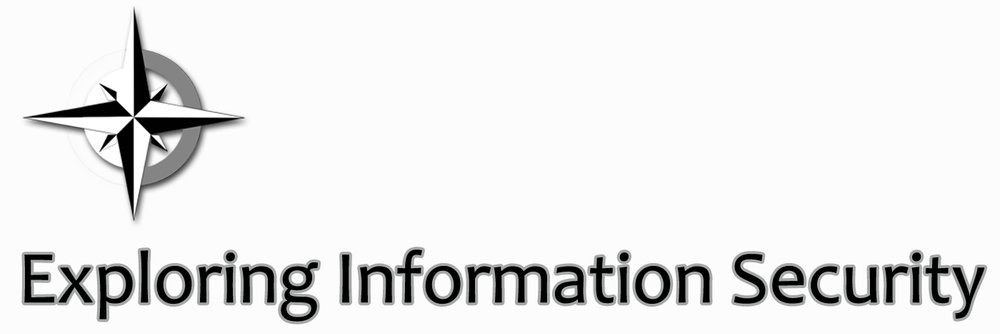Internet of things
What is IoT?
The Internet of Things (IoT) refers to the network of physical objects or "things" embedded with sensors, software, and connectivity capabilities that enable them to collect and exchange data over the internet. These objects can be various devices, appliances, vehicles, machinery, or even everyday items like thermostats, wearables, or home appliances.
The fundamental concept behind IoT is to connect and integrate these objects, allowing them to communicate with each other, collect data, and perform automated actions or provide valuable insights. This interconnectedness enables greater efficiency, convenience, and automation in various aspects of our lives.
IoT devices typically consist of three primary components:
Sensors and Actuators: IoT devices are equipped with sensors to gather data from their surroundings. These sensors can detect physical parameters such as temperature, humidity, motion, light, or even more complex data like air quality or biometric readings. Actuators, on the other hand, are responsible for performing actions based on the collected data, such as turning on/off a device or adjusting settings.
Connectivity: IoT devices rely on internet connectivity to transmit and receive data. They can utilize various communication technologies, including Wi-Fi, Bluetooth, cellular networks, or specialized protocols like Zigbee or Z-Wave, to connect to the internet and exchange information.
Data Processing and Cloud Storage: IoT devices generate a vast amount of data, and to make the most of it, they often rely on cloud computing and storage. The data collected by IoT devices is typically sent to cloud servers for processing, analysis, and storage. Cloud platforms provide the necessary computational power, analytics capabilities, and secure storage infrastructure to handle and make sense of the collected data.
The applications of IoT span across numerous domains, including smart homes, industrial automation, healthcare, transportation, agriculture, and more. For example, IoT can enable homeowners to remotely control and monitor their thermostats, security systems, and appliances. In industrial settings, IoT can optimize production processes, monitor equipment health, and improve safety. In healthcare, IoT devices can track patient vitals, enable remote monitoring, and support personalized care.
However, as IoT devices become more prevalent, security and privacy concerns have emerged. Safeguarding IoT devices and the data they collect is essential to protect against potential vulnerabilities and unauthorized access.
What are some examples of IoT devices?
Smart Home: IoT enables various devices within a home to connect and communicate with each other. Examples include smart thermostats that adjust temperature based on occupancy and weather conditions, smart lighting systems that can be controlled remotely, and voice-activated assistants like Amazon Echo or Google Home that can control multiple devices in the home.
Wearable Devices: Fitness trackers, smartwatches, and health monitoring devices are common examples of IoT wearables. These devices collect data on physical activities, heart rate, sleep patterns, and more. They often sync with smartphones or cloud platforms to provide users with insights and personalized feedback.
Connected Cars: IoT enables vehicles to connect to the internet and interact with external systems. Connected cars can gather data about engine performance, location, traffic conditions, and driver behavior. They can provide navigation assistance, real-time alerts, and even integrate with smart home devices for seamless automation.
Industrial IoT (IIoT): In industrial settings, IoT devices are used for monitoring and control purposes. For instance, sensors placed on machinery can collect data on temperature, vibration, or performance, enabling predictive maintenance to prevent equipment failures. IIoT also facilitates smart grid systems, asset tracking, supply chain optimization, and industrial automation.
Smart Cities: IoT technologies are employed to enhance the efficiency and sustainability of cities. Smart streetlights that adjust brightness based on ambient conditions, parking sensors that guide drivers to available spots, and waste management systems that optimize collection routes are a few examples. IoT-enabled city infrastructure can improve energy consumption, traffic management, and public safety.
Healthcare Monitoring: IoT devices in healthcare enable remote patient monitoring and personalized care. Examples include wearable devices that track vital signs, smart pill dispensers that remind patients to take medication, and remote monitoring systems that transmit data to healthcare providers for real-time assessment.
Agricultural Monitoring: IoT devices are utilized in agriculture for precision farming and crop management. Soil moisture sensors, weather stations, and drone-based imaging systems collect data to optimize irrigation, fertilizer application, and pest control. IoT in agriculture enhances productivity, reduces resource wastage, and supports sustainable practices.
These are just a few examples of how IoT is transforming different sectors. The applications of IoT are vast and continue to expand as technology advances and connectivity becomes more ubiquitous.
Created with the help of ChatGPT

